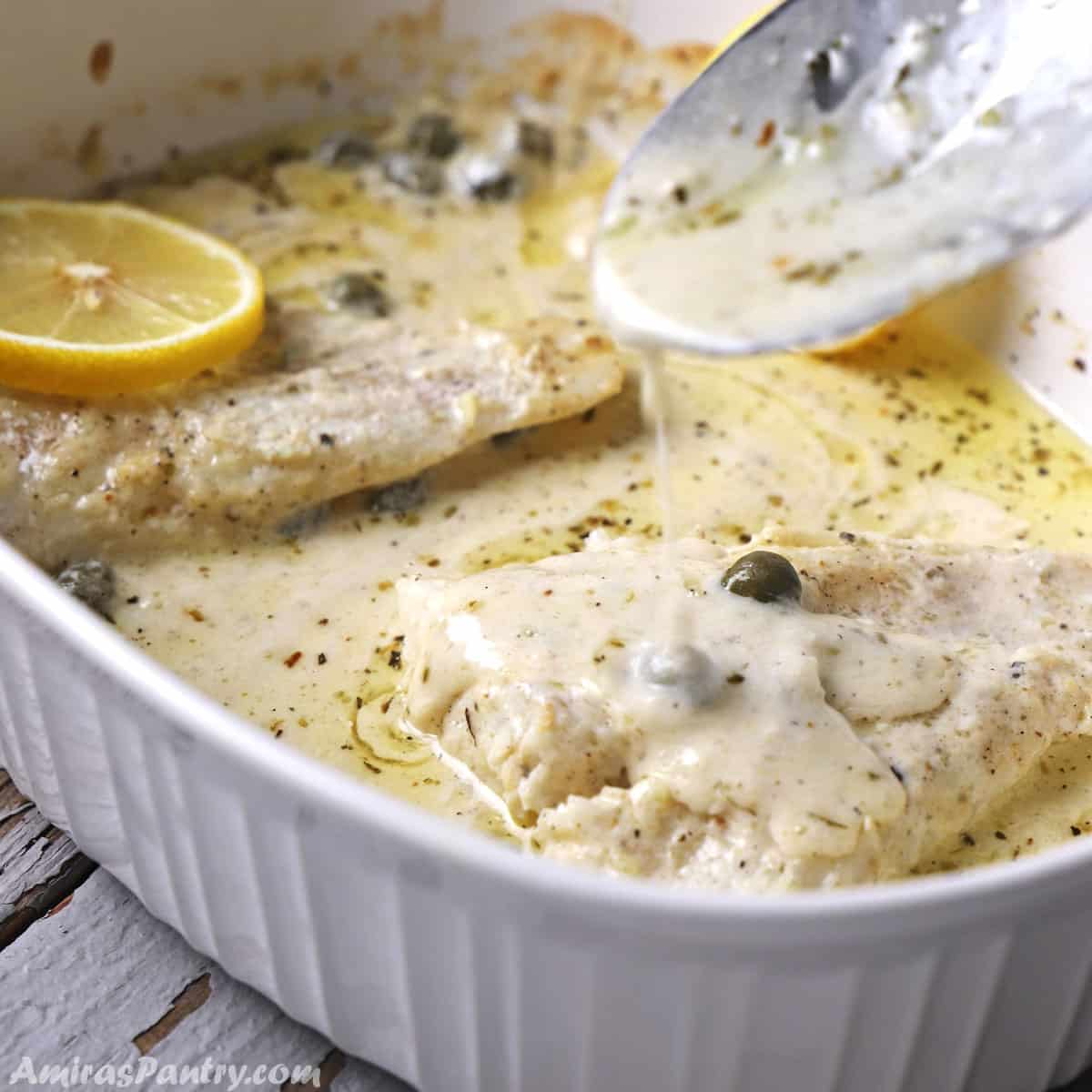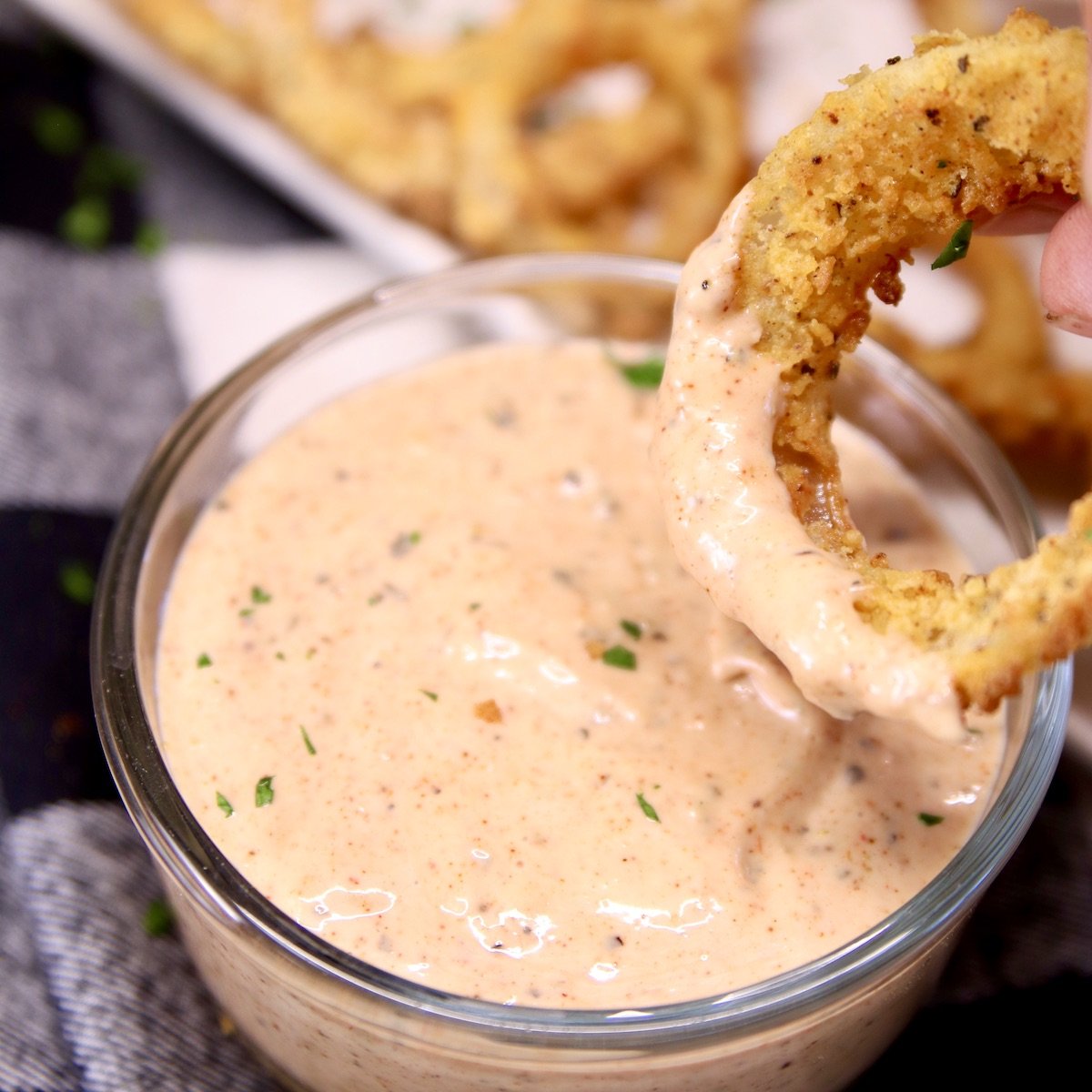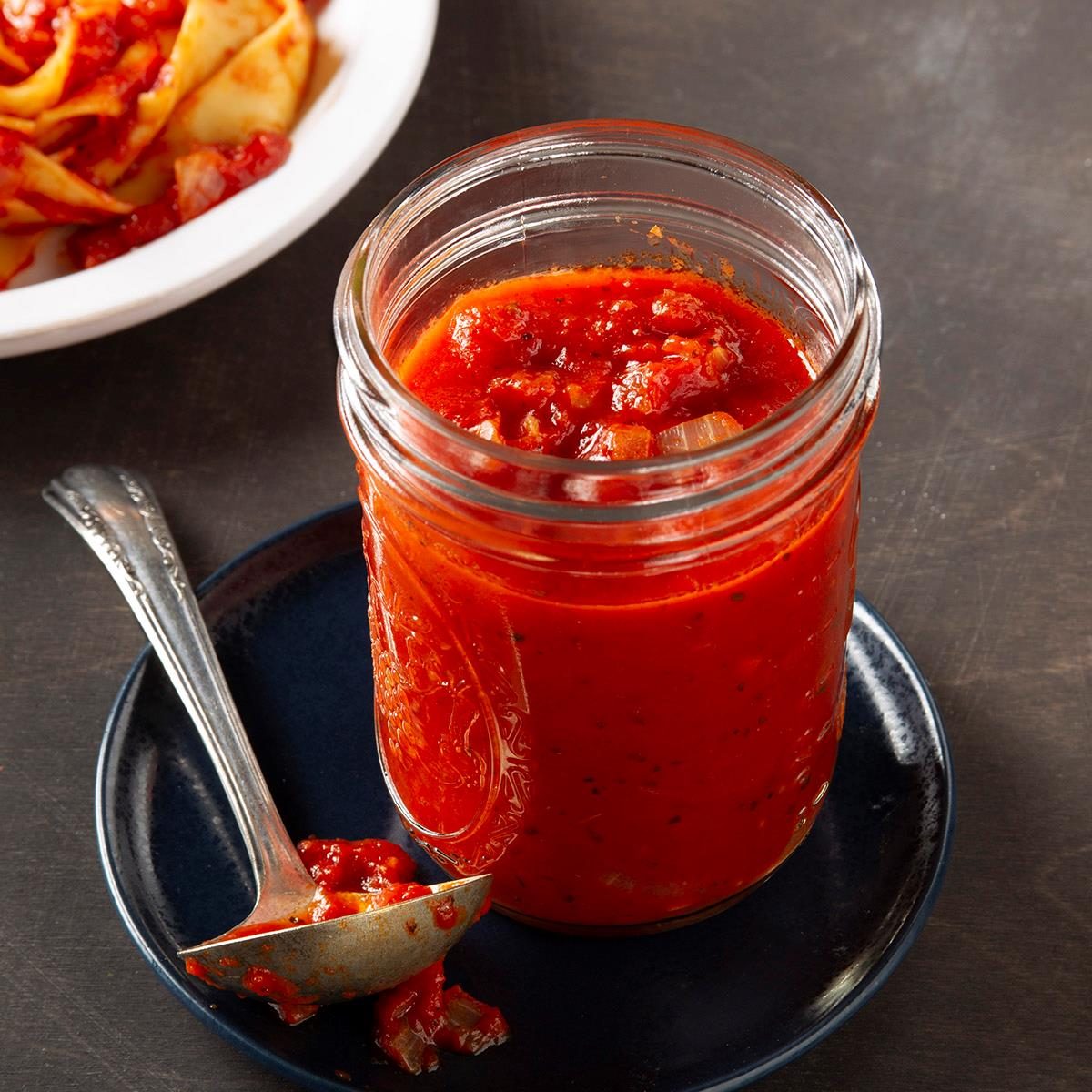Embark on a culinary adventure with w sauce recipes, a delectable journey that traces the sauce’s rich history and cultural significance. From its humble roots to its modern-day variations, w sauce has left an indelible mark on cuisines worldwide, tantalizing taste buds and inspiring culinary creativity.
Unveiling the secrets behind this flavorful sauce, we’ll explore its essential ingredients, each playing a symphony of flavors. We’ll delve into popular variations, highlighting unique twists and preparation methods that elevate the sauce’s versatility.
W Sauce Origins: W Sauce Recipes
W sauce, a beloved condiment with a rich history, has captivated taste buds for centuries. Its roots can be traced back to the ancient Chinese dynasties, where it was known as “wei” sauce, meaning “taste” or “flavor.”
W sauce made its way to Southeast Asia through trade routes, where it was embraced by local cuisines. In Thailand, it became known as “nam pla,” a staple ingredient in many dishes. The sauce also found its way to Japan, where it evolved into “shoyu,” a soy sauce with a distinct umami flavor.
W Sauce’s Culinary Journey
Over the centuries, W sauce has undergone countless variations and adaptations. In the West, it was introduced by European explorers and traders, who incorporated it into their own culinary traditions. The British, for instance, created Worcestershire sauce, a complex blend of vinegar, soy sauce, and spices.
In the Americas, W sauce became an integral part of barbecue sauces and marinades. In the United States, it is commonly used as a dipping sauce for seafood, especially oysters. The versatility of W sauce has made it a beloved condiment worldwide, adding depth of flavor to countless dishes.
W Sauce Ingredients and Variations
/basic-white-sauce-4172027-hero-01-dbc48b39ce74474daf41af384595407d.jpg)
W sauce, renowned for its versatility and addictive flavor, boasts a harmonious blend of essential ingredients that create a symphony of tastes. Each component plays a crucial role in shaping the sauce’s distinctive character.
Essential Ingredients:
- Soy Sauce: The backbone of W sauce, soy sauce imparts a savory umami base, providing depth and complexity.
- Oyster Sauce: A thick, rich sauce derived from oyster extracts, it adds a subtle sweetness and enhances the sauce’s body.
- Hoisin Sauce: A fermented soybean paste, hoisin sauce contributes a sweet, tangy flavor with hints of garlic and spices.
- Sesame Oil: A fragrant oil extracted from sesame seeds, it adds a nutty aroma and enhances the sauce’s overall flavor profile.
- Sugar: A touch of sugar balances the savory and tangy elements, creating a harmonious flavor.
- Garlic: Minced garlic provides a pungent, aromatic base that complements the other ingredients.
- Ginger: Freshly grated ginger adds a zesty, refreshing note that cuts through the richness of the sauce.
Variations:, W sauce recipes
W sauce serves as a culinary canvas for experimentation, inspiring a myriad of variations. Here are some popular adaptations:
- Spicy W Sauce: Incorporate chili flakes or Sriracha for an extra kick of heat.
- Peanut W Sauce: Add peanut butter for a creamy, nutty twist.
- Teriyaki W Sauce: Substitute teriyaki sauce for soy sauce to create a sweeter, more caramelized version.
- Honey W Sauce: Swap sugar for honey to introduce a floral sweetness.
These variations offer endless possibilities for customizing W sauce to suit personal preferences and culinary adventures. Whether enjoyed as a dipping sauce, marinade, or glaze, W sauce continues to captivate taste buds with its versatility and tantalizing flavors.
W Sauce Preparation Techniques

Crafting W sauce from scratch is a culinary art that demands precision and a keen eye for detail. The process unfolds in a series of meticulous steps, each contributing to the sauce’s exquisite consistency and captivating flavor profile.
Before embarking on this culinary adventure, it’s essential to gather the necessary ingredients, ensuring their freshness and quality. The foundation of W sauce lies in a harmonious blend of soy sauce, vinegar, sesame oil, and sugar, with additional ingredients like garlic, ginger, and scallions adding layers of complexity.
Mise en Place
Mise en place, the art of preparing and organizing ingredients before cooking, is crucial for successful W sauce preparation. Begin by finely mincing the garlic and ginger, ensuring an even distribution of their pungent flavors. Thinly slice the scallions, preserving their vibrant green color and delicate crunch.
Cooking Methods
The cooking process for W sauce involves a delicate balance of heat and timing. Traditionally, the sauce is prepared in a small saucepan over medium heat. As the sauce simmers, the flavors of the ingredients gradually meld, creating a rich and aromatic blend.
To achieve the desired consistency, a cornstarch slurry is gradually added to the sauce, stirring constantly to prevent lumps from forming. The cornstarch acts as a thickening agent, giving the sauce its characteristic body and glossy sheen.
Tips and Tricks
- For a richer flavor, toast the sesame seeds before adding them to the sauce.
- Adjust the sweetness and acidity of the sauce to your taste preferences by adding more sugar or vinegar as needed.
- Allow the sauce to cool slightly before serving to prevent the cornstarch from thickening further.
W Sauce Pairing and Uses

W sauce is a versatile condiment that pairs well with a variety of dishes. Its sweet and savory flavor profile complements grilled meats, roasted vegetables, and even seafood.
Worcestershire sauce, or “w sauce” as it’s sometimes called, is a versatile condiment that can be used in a variety of recipes. If you’re looking for a delicious and easy meatloaf recipe, you can try this meatloaf recipe with a1 steak sauce . It’s sure to be a hit with your family and friends.
W sauce can also be used to make other dishes, such as sandwiches, soups, and stews.
Beyond its role as a dipping sauce, W sauce can also be used as a marinade or condiment. Marinating meats in W sauce infuses them with flavor, while adding a touch of sweetness to the dish. As a condiment, W sauce can elevate sandwiches, burgers, and tacos, adding a unique twist to classic favorites.
Creative Incorporations
- W Sauce Vinaigrette: Whisk W sauce with olive oil, vinegar, and herbs to create a flavorful dressing for salads.
- W Sauce Glaze: Brush W sauce over grilled meats or roasted vegetables towards the end of cooking for a caramelized glaze.
- W Sauce Mayo: Mix W sauce with mayonnaise to create a creamy and tangy dipping sauce for fries, onion rings, or chicken tenders.
- W Sauce Compound Butter: Combine W sauce with softened butter and herbs to create a flavorful compound butter for spreading on bread or melting over grilled meats.
W Sauce Health Considerations

W sauce is generally considered a high-calorie condiment, with approximately 100 calories per tablespoon. It is primarily composed of carbohydrates and fats, with a moderate amount of protein. W sauce is also a good source of vitamins A and C, as well as potassium and iron.
However, it is important to note that W sauce is also high in sodium, with approximately 200 milligrams per tablespoon. This can be a concern for individuals with high blood pressure or other health conditions that require a low-sodium diet.
Tips for Modifying W Sauce Recipes to Make Them Healthier
There are several ways to modify W sauce recipes to make them healthier. For example, you can reduce the amount of oil used, or substitute a healthier oil, such as olive oil. You can also reduce the amount of sugar, or use a natural sweetener, such as honey. Finally, you can add more vegetables to the sauce, such as onions, peppers, or tomatoes.
Last Word

As we conclude our exploration of w sauce recipes, we’ve gained insights into its culinary heritage, its intricate flavors, and its endless possibilities. Whether you’re a seasoned chef or a home cook seeking culinary inspiration, these recipes empower you to create delectable dishes that showcase the magic of w sauce.
Expert Answers
What is the history of w sauce?
W sauce has a rich history dating back centuries, with roots in various cultures and culinary traditions.
What are the key ingredients in w sauce?
The essential ingredients in w sauce typically include soy sauce, vinegar, sugar, and sesame oil, although variations may incorporate additional ingredients.
How can I use w sauce in my cooking?
W sauce is a versatile condiment that can be used as a marinade, dipping sauce, or finishing touch for various dishes, adding a burst of flavor to meats, vegetables, and noodles.
